Learn about the official gold bullion coin of the United States and face value of golden eagle coins. The Gold American Eagle coin is the official gold bullion coin of the United States of America.
It was instituted under the Gold Bullion Coin Act of 1985 and a year after it was released by the United States Mint. Since 1986, the American Gold Eagles have become one of the world’s most popular gold bullion coins.
The image on the obverse is a copy of the $20 Saint-Gaudens gold coin named after the sculptor commissioned by Pres. Roosevelt to design it in 1907. The original Saint-Gaudens coins remained in circulation until 1933.
Augustus Saint-Gaudens wanted his coin to be the world’s most beautiful modern coin that could surpass the ancient Greek and Roman coins. Thus, he designed a full length figure of Lady Liberty with a flowing hair, bearing a torch in her right hand and an olive branch in the other hand.
Miley Busiek designed the reverse side of the 1986 gold American Eagles to embody the classic American concept of love for country. The design depicted an airborne American bald eagle clutching an olive branch and descending into a nest where its mate and fledgling await.
The gold content, purity, and face value of the coin are also depicted on the reverse. As well the phrase: E PLURIBUS UNUM, and the motto: IN GOD WE TRUST.
Aside from the gold bullion coin, there are gold American Eagle proof coins. Only a limited number of proof American Eagles are struck each year and are also available in proof sets.
Like most proof coins the proof Gold Eagles has a shiny mirror-like background and a matte foreground. These coins undergo a special minting process to make sure their details stand out. Proof American Gold Eagle coins are contained in velvet presentation cases together with an official US Mint Certificate of Authority.
The United States government guarantees the gold content, weight, and purity of the Gold American Eagle coin. Thus, these gold bullion coins can be purchased, sold, and traded in the coin market.
The American Eagle gold coins can be used to fund the Individual Retirement Account (IRA). This is an investment account for provide tax benefits for US residents when it is used to save money for retirement.
Gold American Eagle coins are made from gold mined inside the United States. The Gold Eagles are minted in 24-karat gold other than its small alloy portion to keep the gold coins durable. These coins are produced at the West Point branch of the United States Mint and they have a “W” mintmark under the date.
Face Value
The face value and gold content of the American Eagle gold coins are as follows:
• US $5 for the 1/10th oz
• US $10 for the 1/4th oz
• US $25 for the ½ oz
• US $50 for the 1 oz
The market value of the Gold American Eagle coins is about the same as the market value of their gold content and not by their face value. Thus, the gold bullion coins’ actual selling price varies depending on the current gold spot price.
You can purchase the Gold American Eagle coins – both in bullions and in proofs – from the US Mint or from trusted dealers.
Here are some key features and details about Gold American Eagle coins:
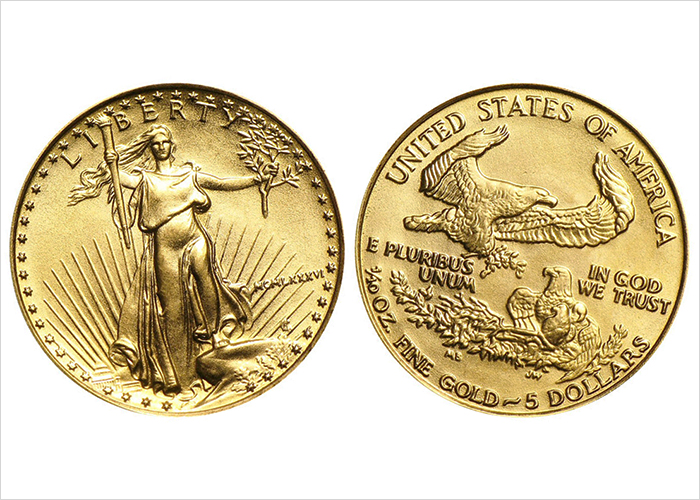
- Gold Content: Gold American Eagles are struck in various denominations, including 1/10 ounce, 1/4 ounce, 1/2 ounce, and 1 ounce. The most common and widely traded version is the 1-ounce coin, which contains one troy ounce of pure gold (approximately 31.1 grams). The other denominations contain proportionally less gold.
- Purity: Gold American Eagles are made from 22-karat gold, which means they contain 91.67% pure gold, with the remaining 8.33% being copper and silver. This alloy gives the coins added durability and a distinctive reddish-gold color.
- Legal Tender: These coins are legal tender in the United States, with face values that correspond to their denominations. However, their intrinsic value based on the gold content far exceeds their face value. For example, a 1-ounce Gold American Eagle has a face value of $50, but its gold content is worth much more.
- Designs: The obverse (front) of the Gold American Eagle features a design of Lady Liberty holding a torch and an olive branch, while the reverse (back) features a depiction of a nesting eagle family designed by Miley Busiek.
- Mint Marks: Most Gold American Eagles do not have mint marks, indicating that they were minted at the West Point Mint in New York. However, some earlier releases do have mint marks to denote their production at other U.S. Mint facilities.
- Bullion vs. Proof: Gold American Eagles come in two primary versions: bullion and proof. Bullion coins are intended for investment purposes and have a shiny, matte finish. Proof coins, on the other hand, are specially minted for collectors, with a mirror-like background and frosted images.
- Availability: Gold American Eagles are widely available through coin dealers, banks, and online retailers. The 1-ounce version is the most commonly traded and purchased by investors.
- IRA Eligibility: The 1-ounce Gold American Eagle is eligible for inclusion in self-directed Individual Retirement Accounts (IRAs), making them a popular choice for retirement savings.
- Historical Background: The Gold American Eagle series was first introduced in 1986 after the passage of the Gold Bullion Coin Act of 1985. Since then, it has become one of the most recognized and trusted gold coin programs in the world.





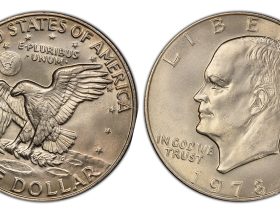
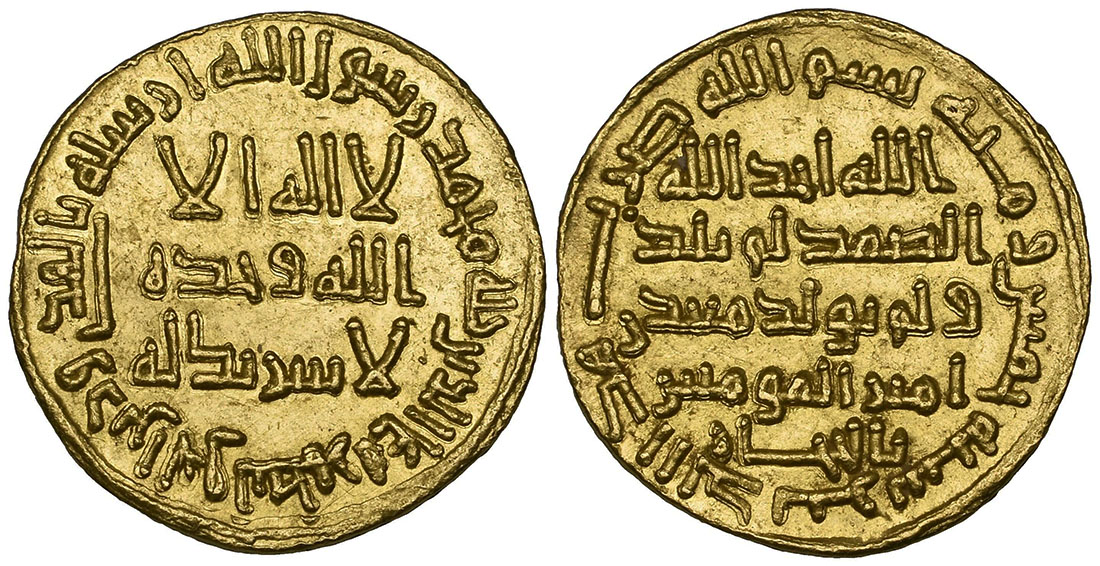
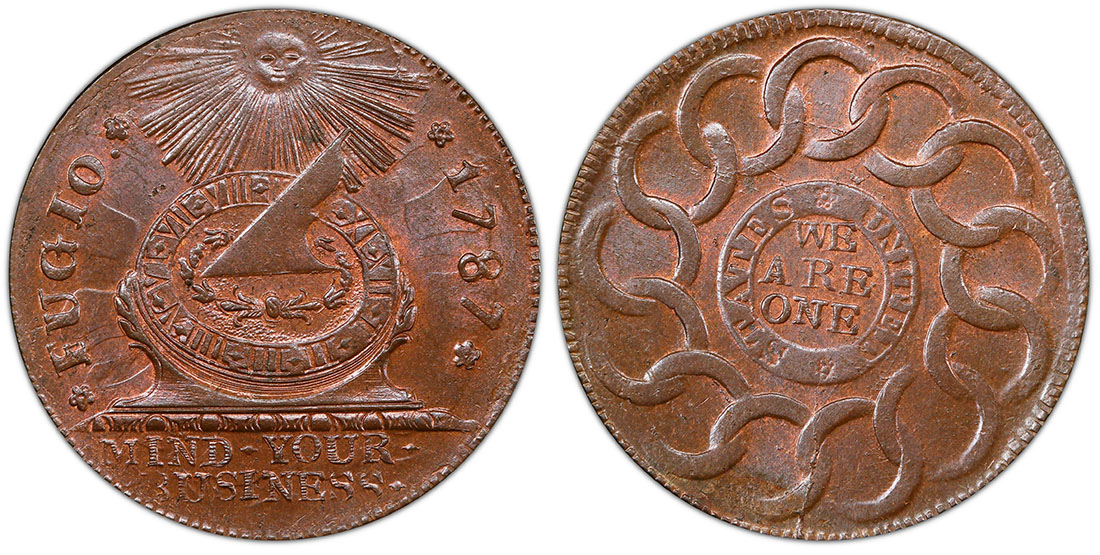
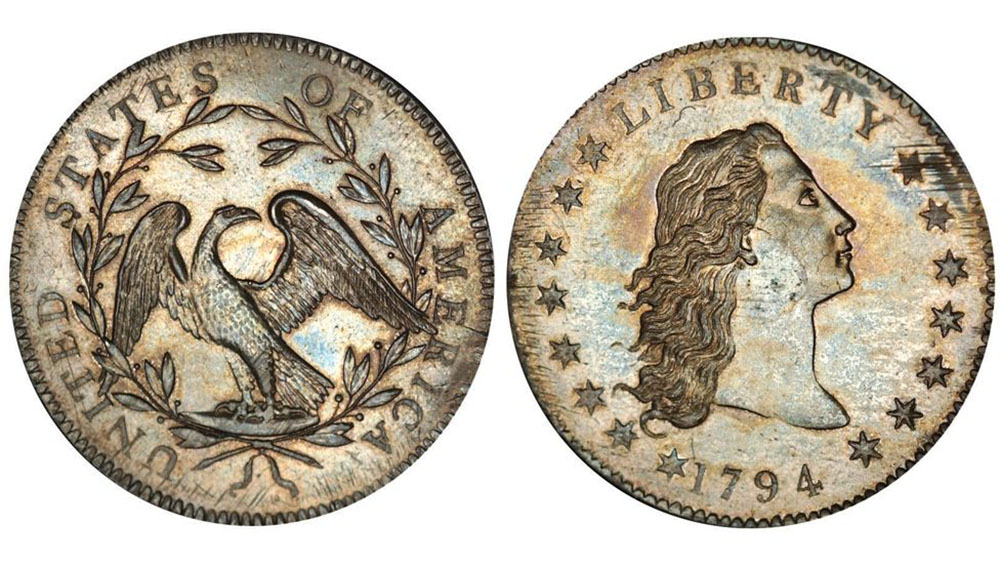

Leave a Reply